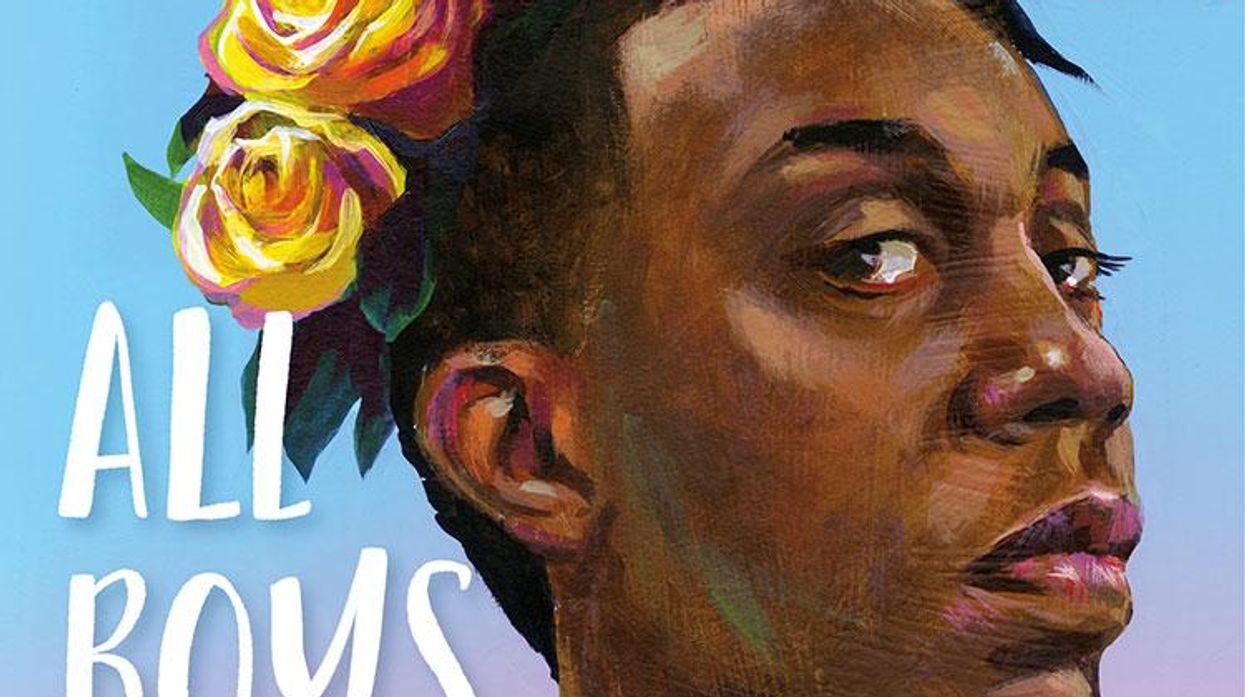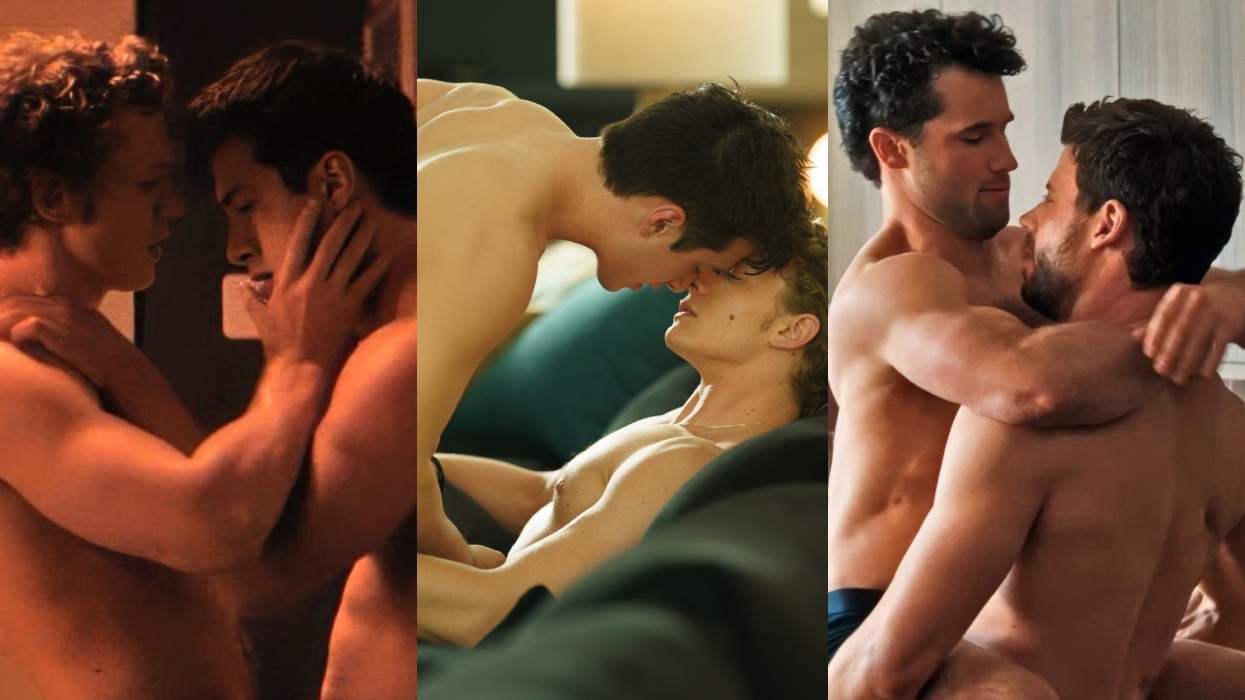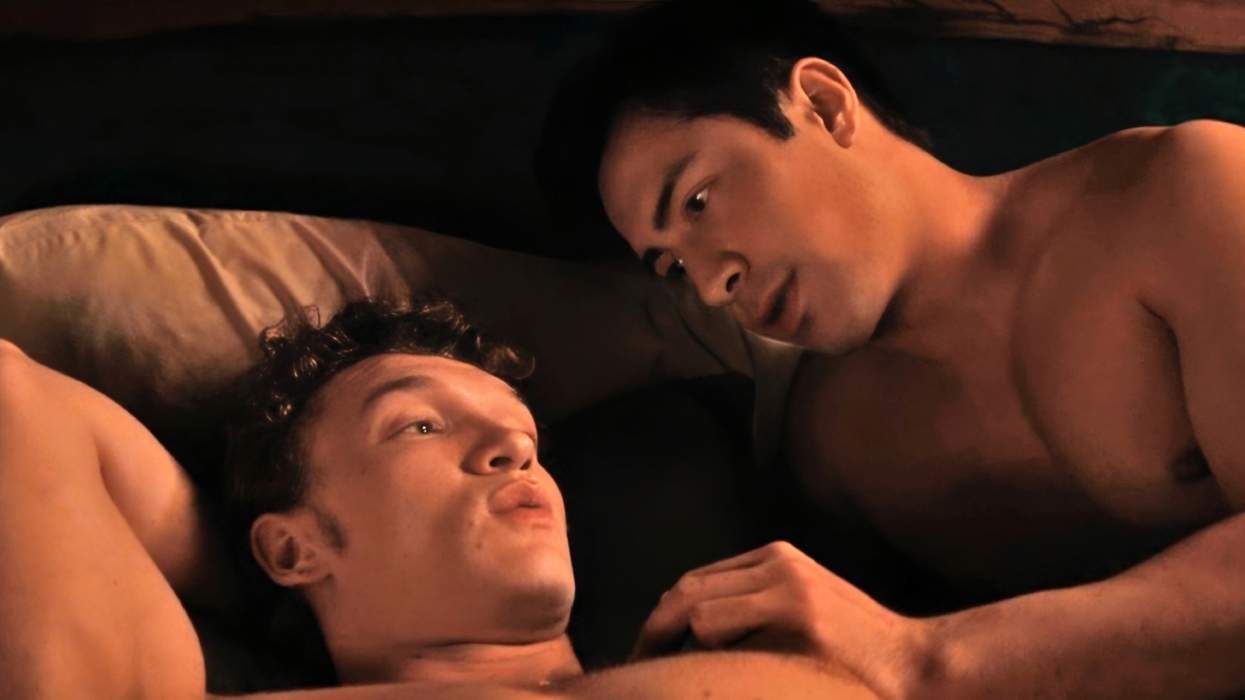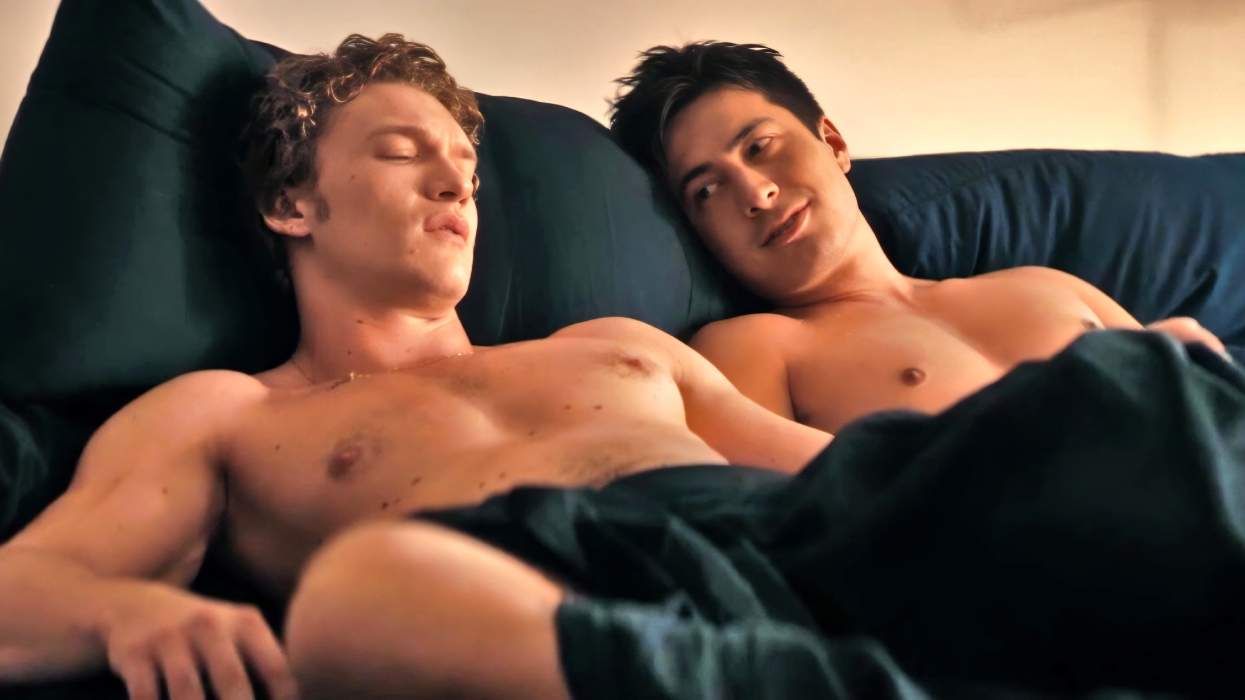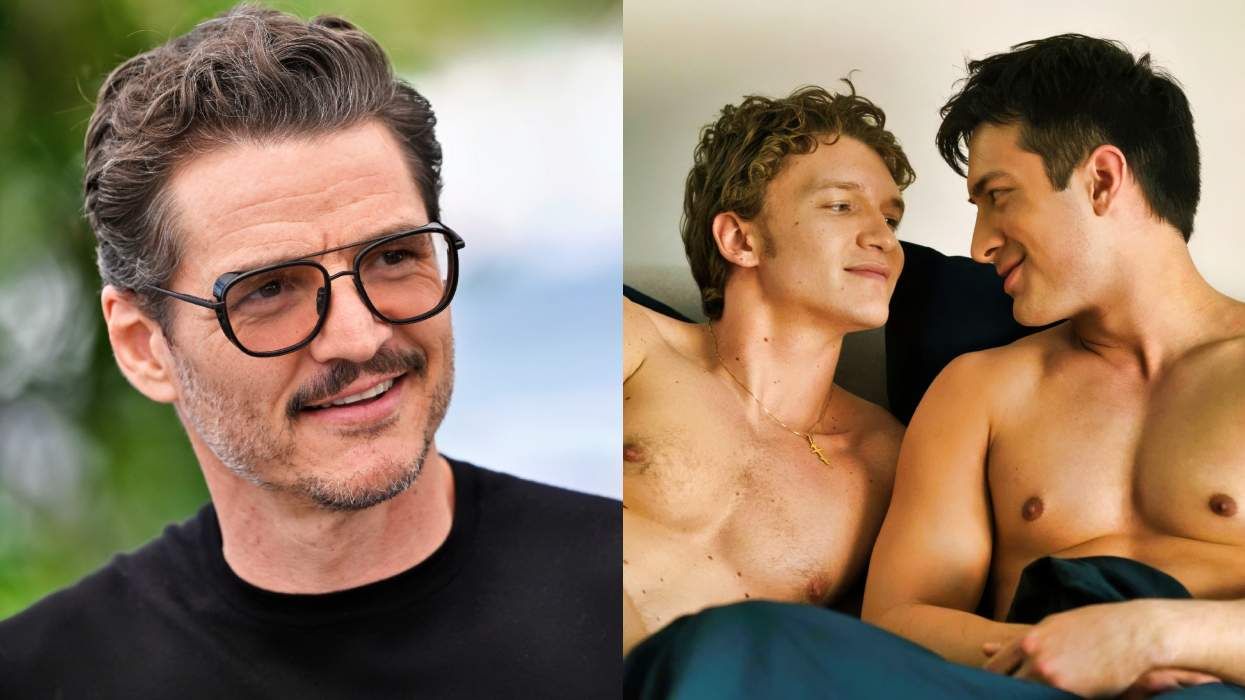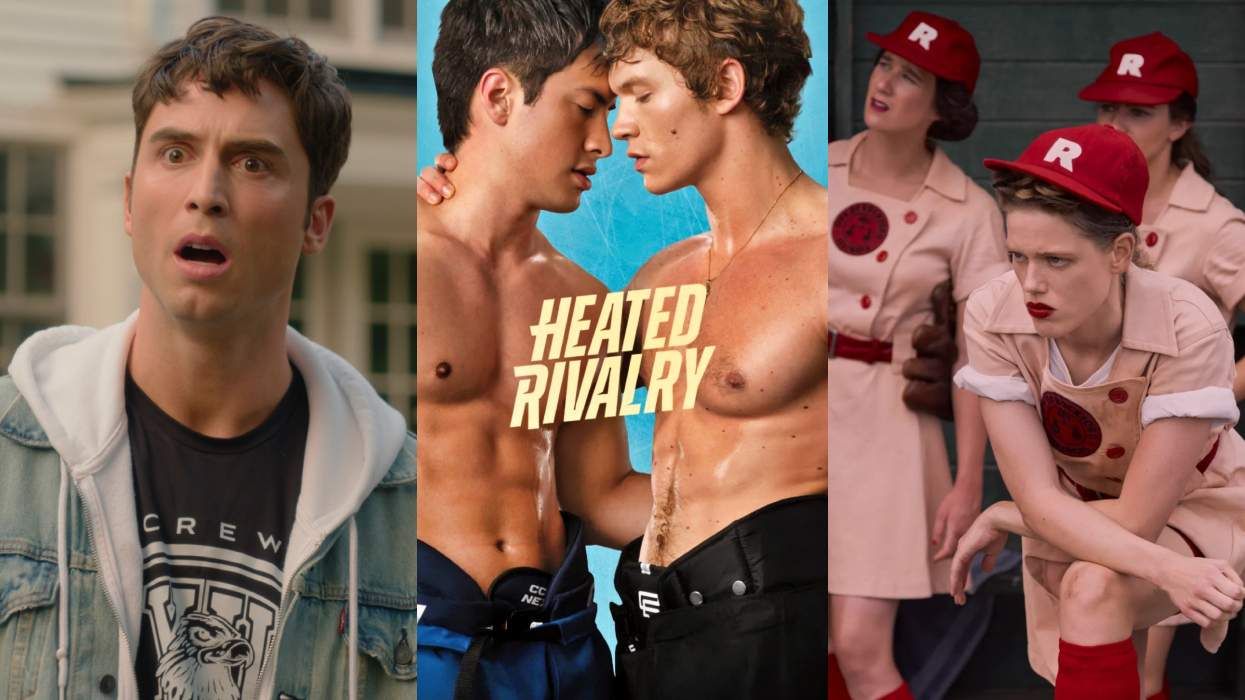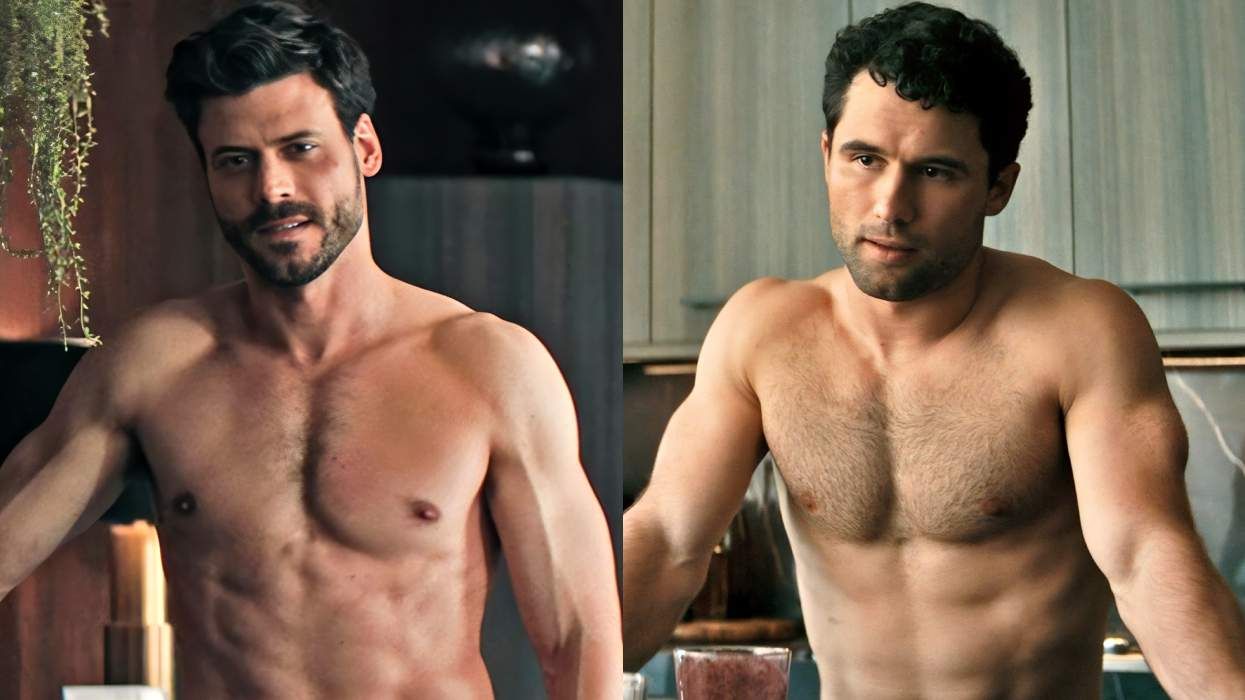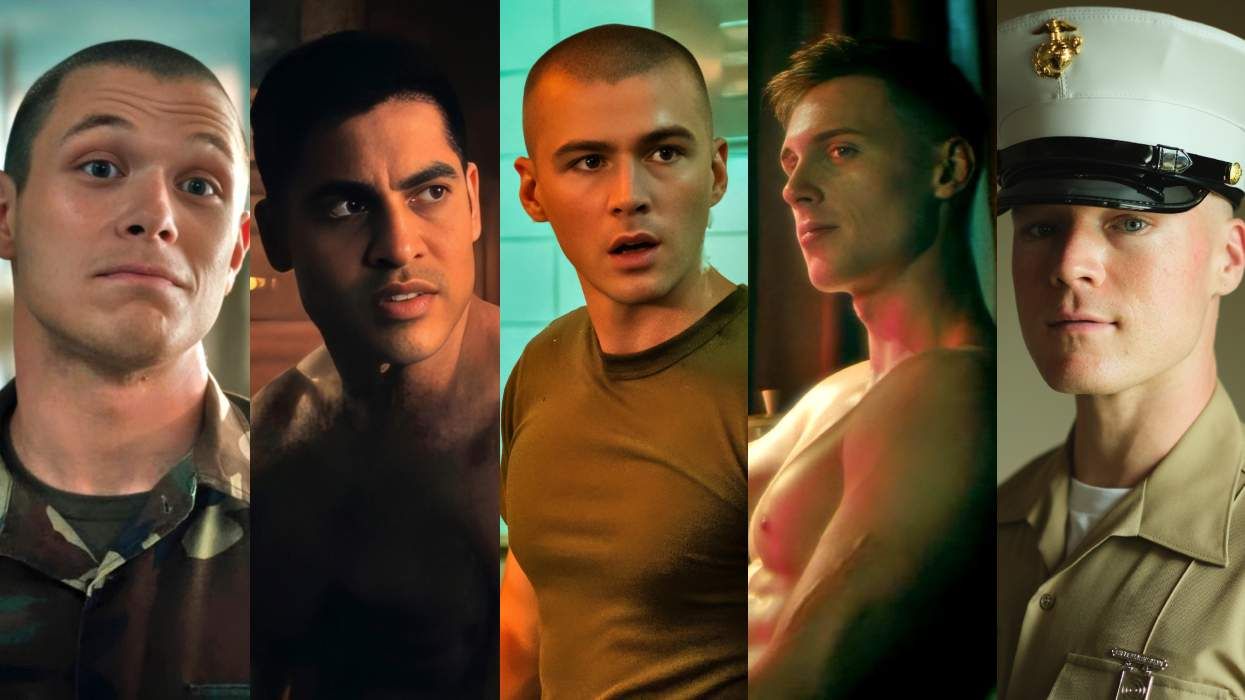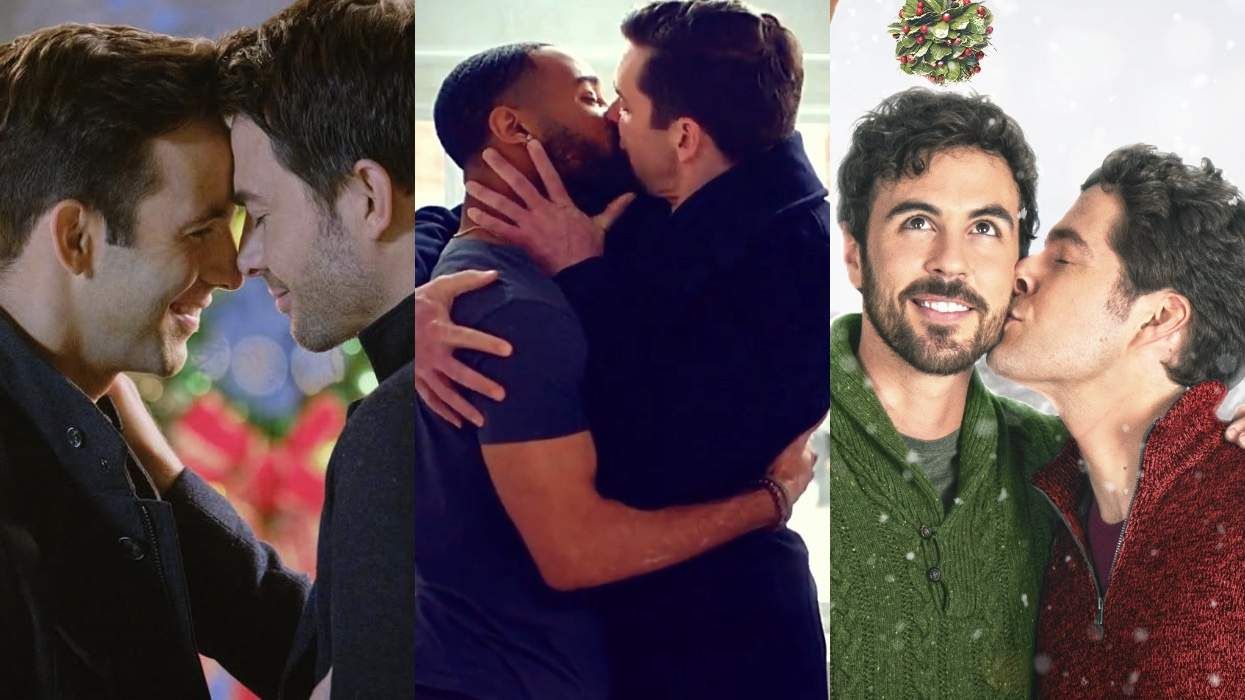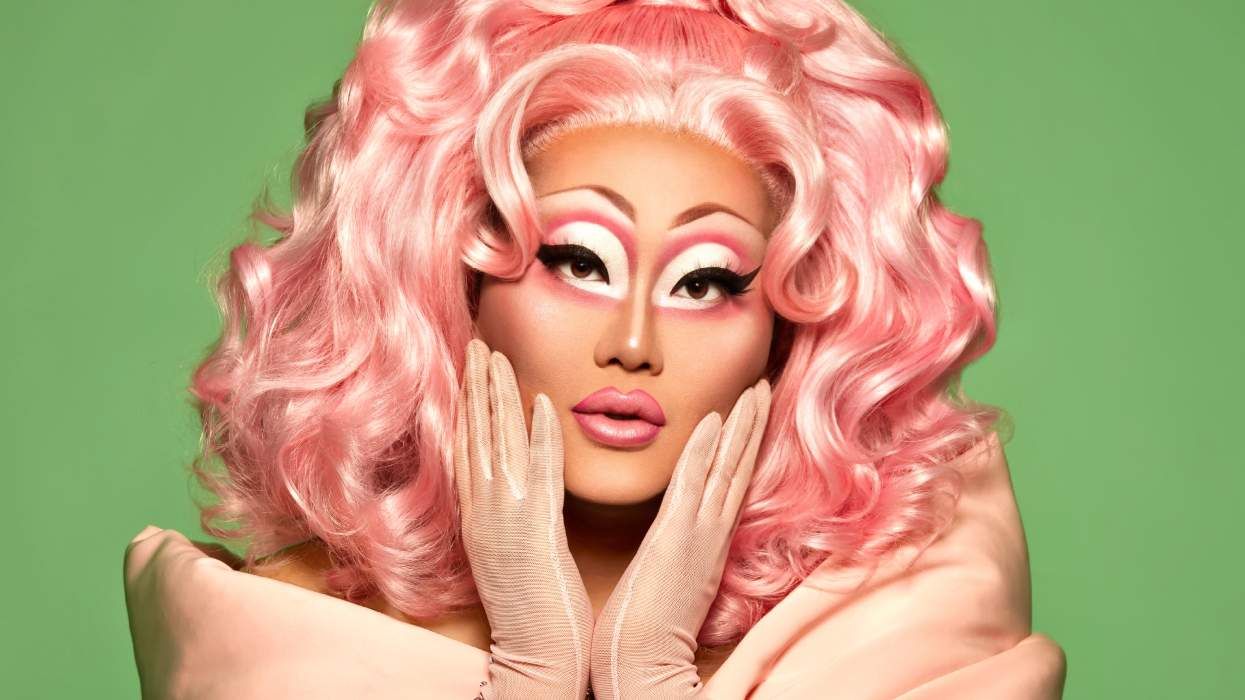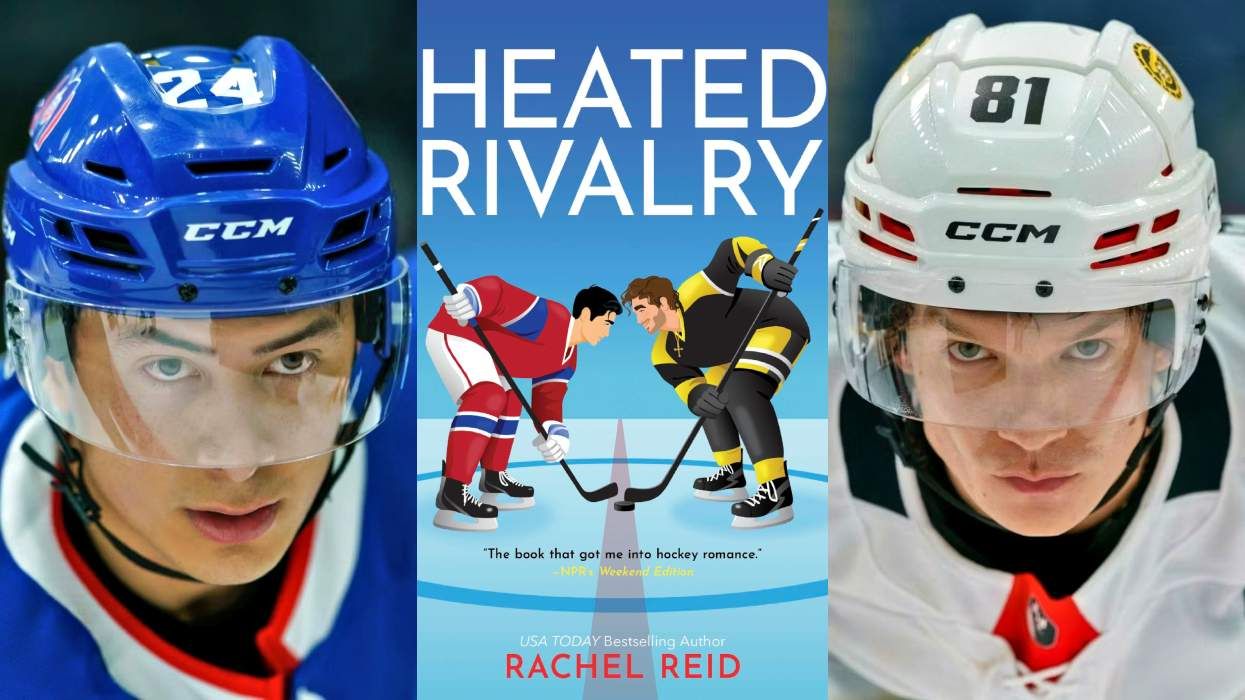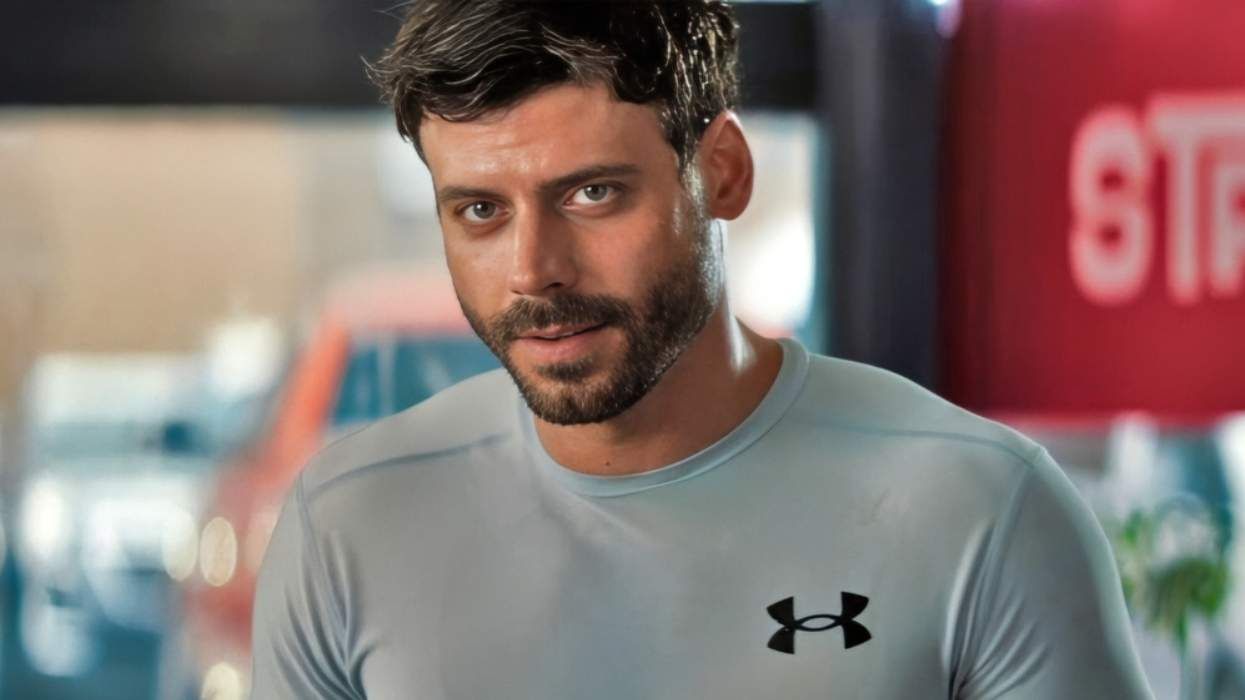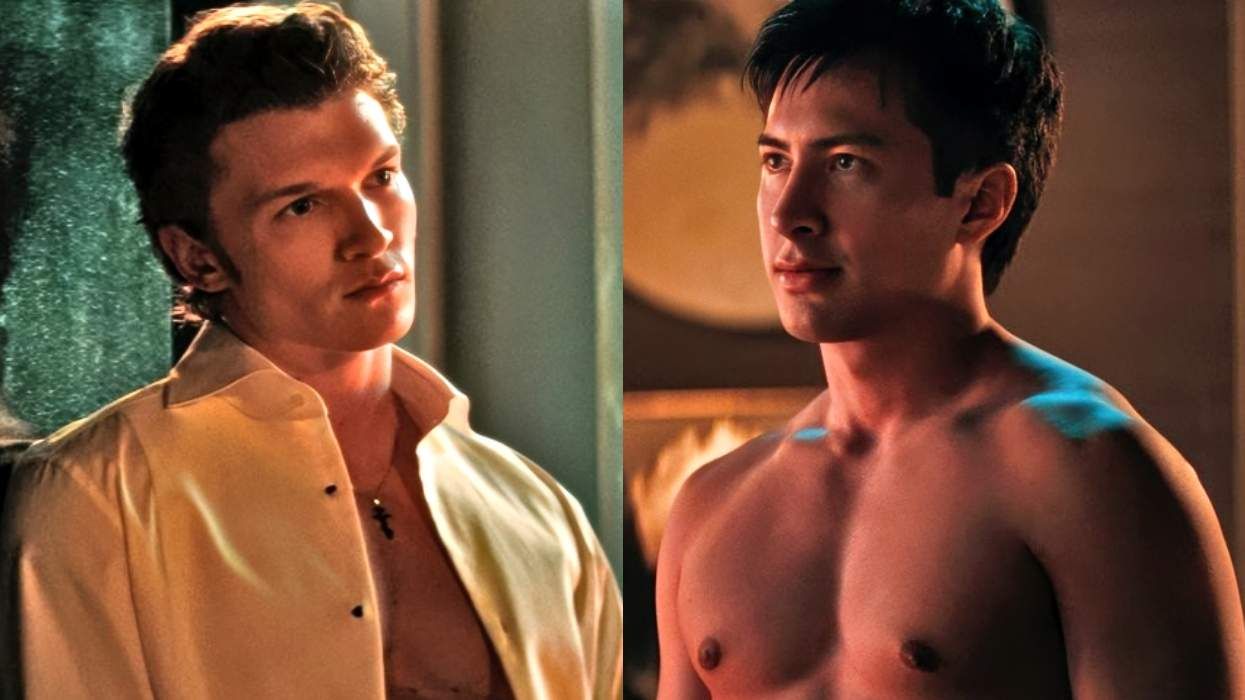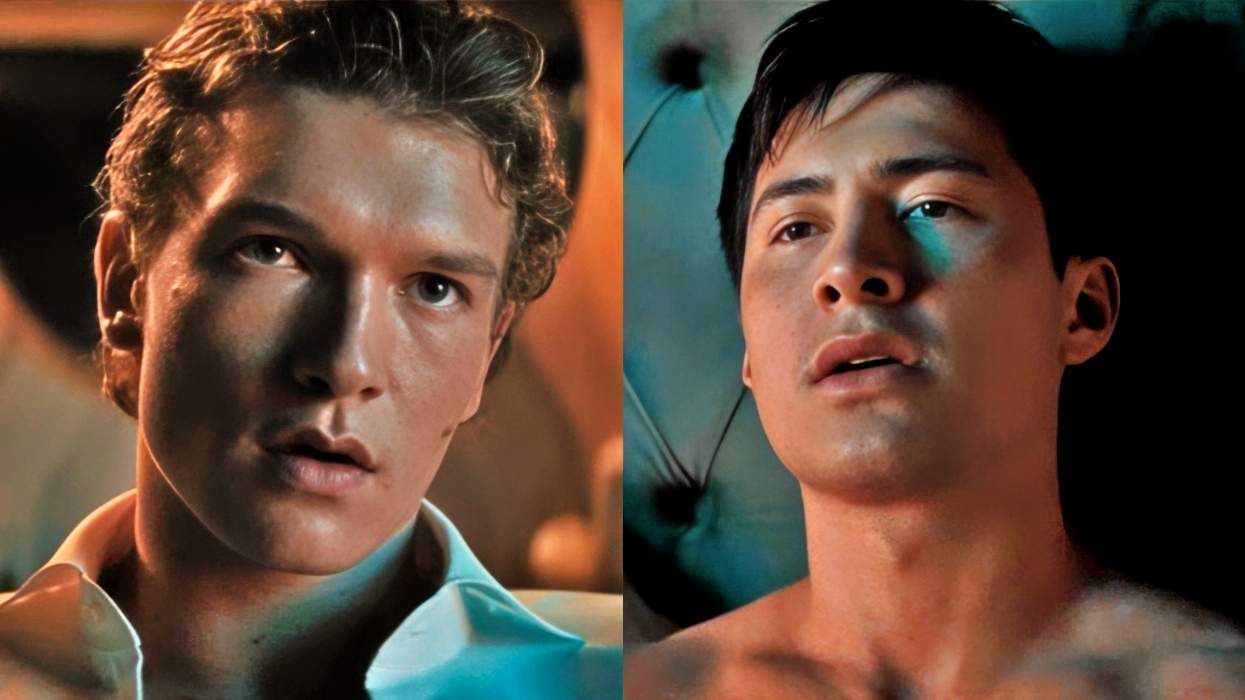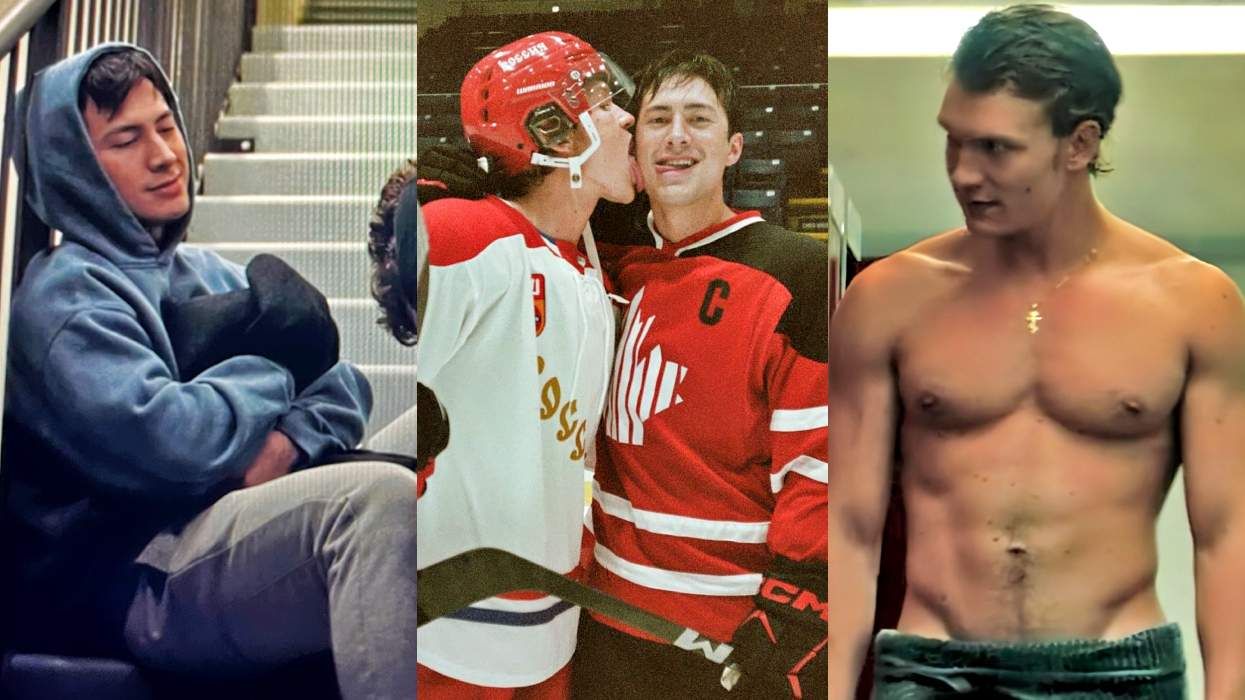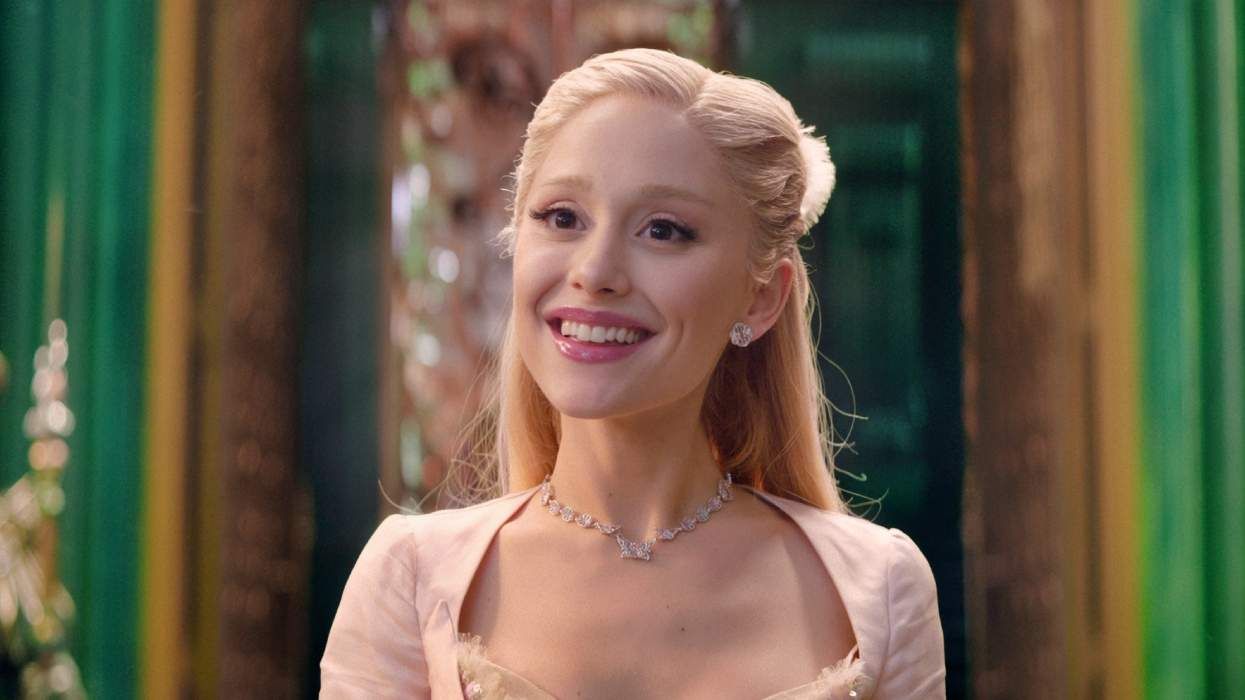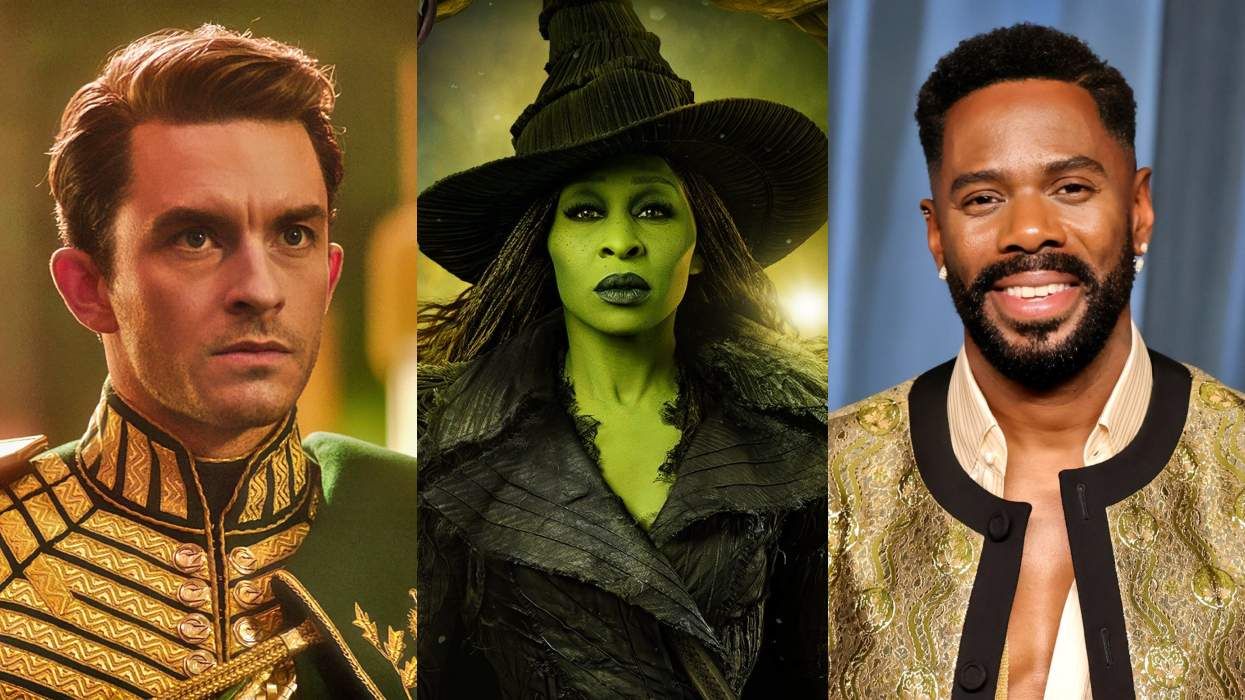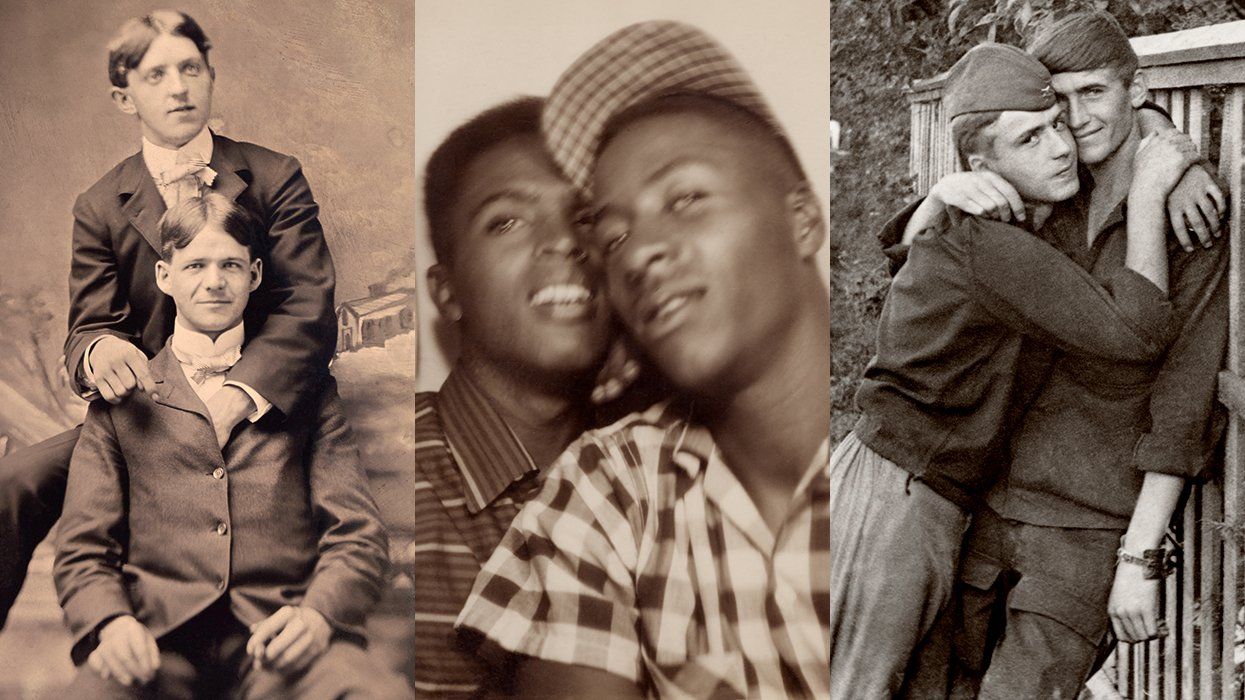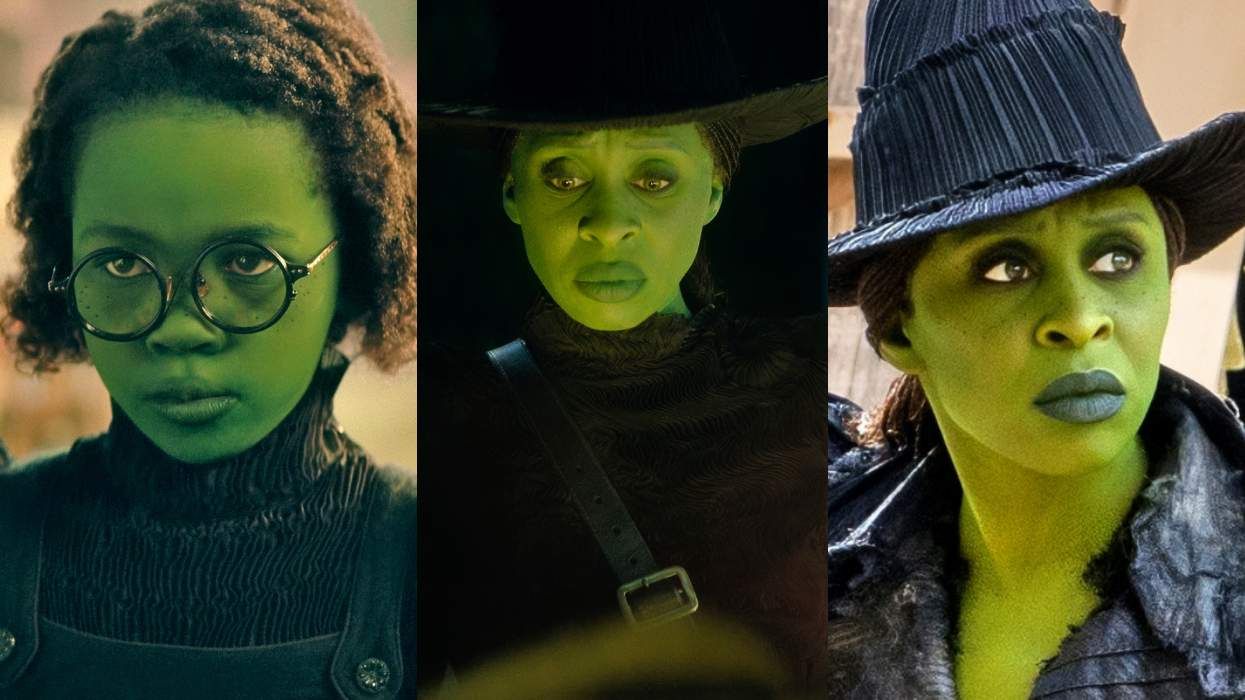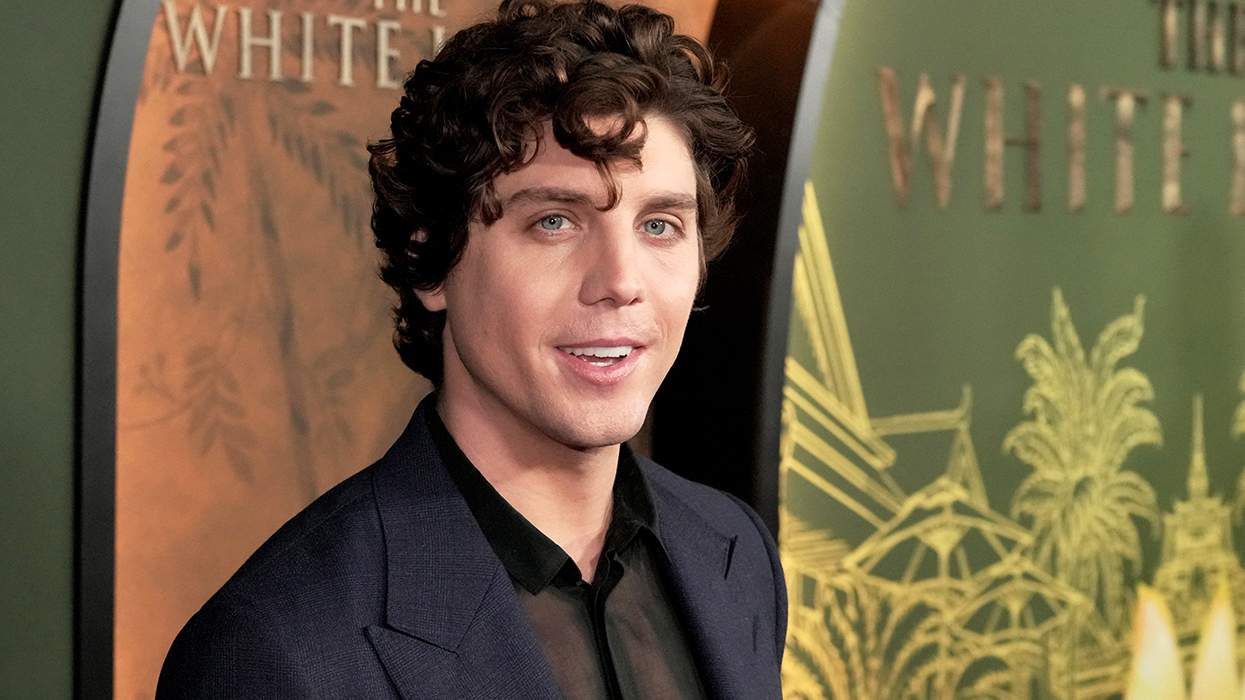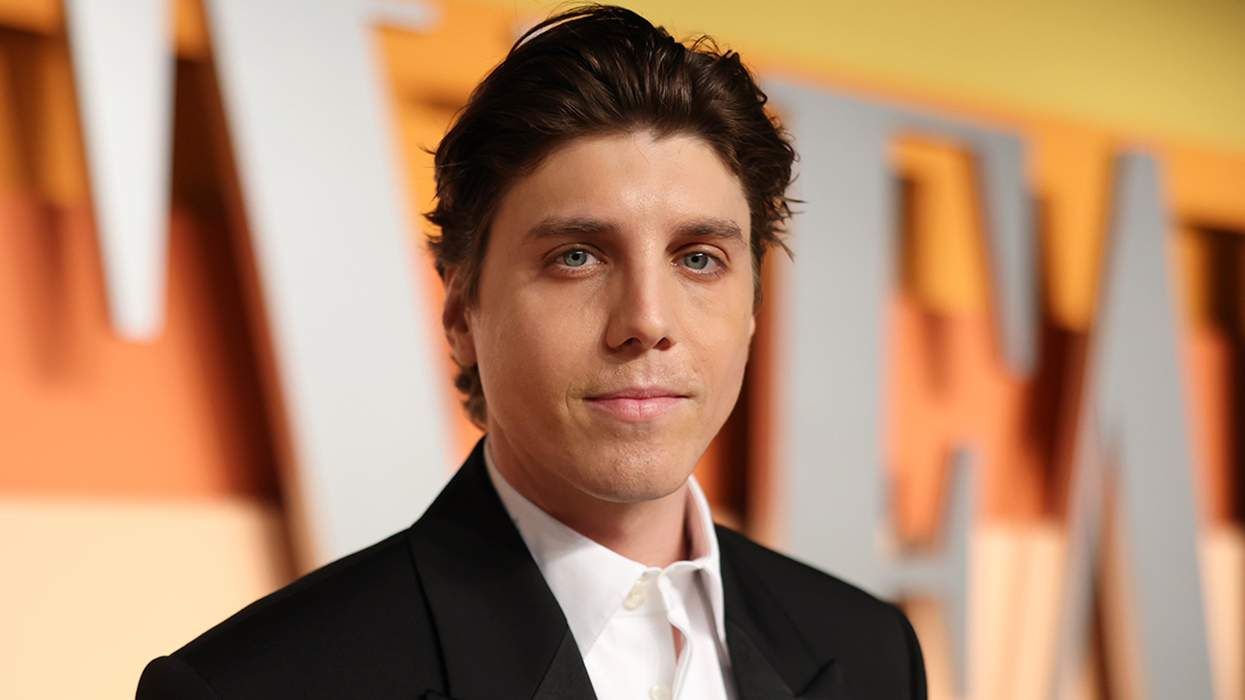Writer-activist George M. Johnson is known for his incisive cultural commentary throughout the internet. And his perspective has landed him writing and editing gigs with BET, Afropunk, and Entertainment Tonight, among other places. Now, he's taking his voice to the young adult nonfiction genre with his debut memoir, All Boys Aren't Blue, the cover of which Out is releasing exclusively, along with The Root.
"Young adults are going through what I went through when I was a young adult, and we're often told that we can't talk about those things until we're adults, or in therapy," he said about veering into the new genre. "With this book, I hope we can start to break that stigma and talk about the real issues of homophobia, sexual violence, different genders, different sexualities, and how sexuality exists among queer people. When we have so many kids who are coming out at a younger age, I felt it would be more beneficial [to do a memoir targeting young adults] in creating some actual structural changes in the systems that we have in place today."
Out spoke with Johnson about the inspiration behind the book, which is due next year and can be pre-ordered now, and its cover design, by artist Charly Palmer.
Why write a book?
At the time, I had written several stories about violence in our community, but specifically violence around Black, queer children. The one [instance] that has never gotten out of my mind or off my chest is Giovanni Melton, and the whole story about how his father said he'd rather have a dead son than a gay son, [so he killed him]. That stuck with me and made me really think about like my own father, who was a cop, and could've had that same mentality. He could've been that same way and ... it made me just sit a wonder, "Why did I get this family and he got that family?"
From there, it was just a matter of meditating on like what do I want my story to be. I'm out here already writing stories and trying to be some sort of physical representation, but how can I take that a step further to push myself into a vulnerable place for the benefit of not just myself, not just Black, queer kids, but families that have to raise those kids.
The book was going to be an adult memoir because I just felt like it would be very intersectional. But it really came down to what I wanted to target on and young adult was where we settled.
So, now the title, All Boys Aren't Blue. What's the story behind that?
The title refers to a few things. One, my father. Again, with him being a police officer, I grew up in what would be considered a "blue" household -- in the way people refer to "Blue lives" mattering -- and at my core, being anti-police. The second thing was the thought about gender reveals and how it seems like the more public queer people are becoming, the more the hetero community is starting to create more norms around gender. The third reference is actually from Queen Sugar and the character Blue. I just thought it was so fascinating that they had this boy character that plays with a doll and how, at first, it was okay until it wasn't. I thought that that narrative was just very powerful and how they show like a Black father supporting his son regardless of what everybody thought his son should be like.
And last, it's a connection to the movie Moonlight and the and the original play [that inspired it], which refers to the color blue. I felt like Moonlight really scraped the surface for us and we need something to push us further into that conversation.
For the cover, you're giving us this hand-painted moment. What was the inspiration behind going in such a graphic route?
I feel that a lot of times with memoirs, especially Black memoirs -- and we can talk about the rise of really amazing Black queer memoirs like Darnell Moore's [No Ashes in the Fire], Michael Arceneaux's [I Can't Date Jesus], Saeed Jones' [How We Fight For Our Lives] is about to come out -- and I just wanted to push. Like everything about me is about "How do I get it to the next level." So we had these three dope books and, for me, I wanted something, cover-wise, that just jumps off the page. I wanted you to look at my book and know it wasn't straight, it wasn't whatever it could've been thought of if it was just a title you read. I wanted you to not just read a title and be like, "Oh, this might be about police," or "This might be about the sky" because it could be about anything if you only read All Boys Aren't Blue on a cover.
I'm also big on people being able to see themselves. So, I was thinking about that 14-year-old that walked in [that bookstore] and saw that and he'll see himself. And all the gay kids who may be on the subway see somebody else reading the book with that cover on it, they'll see themselves. And I'm very intentional. Like with the flowers that are in the crown. The Bird of Paradise is my mom's favorite flower and the middle flower is poinsettia and that refers to my grandmother. She's probably the person who I write about most in the book. And then the third flower, the yellow rose, is actually my fraternity's [Alpha Phi Alpha] flower. I wanted to make sure all three of those were together because I think it's a full circle moment for what my life has been and what my existence is like.
Again, everything about this book for me is about pushing us as queer people to that next space because I feel like sometimes you don't know you can have a cover like that until you see somebody else with a cover like.
The cover dubs the book as a memoir-manifesto. What exactly does that mean to you?
When we started researching potential comparative titles, we kind of came back with nothing. There wasn't really anything out there that went this deep or reached the topic of Black queerness in this way. It was a dull area, besides mainly fictional characters who weren't the lead. And even if they were the lead, they were still fictional. The whole manifesto part, for me, was the fact that I think this is going to push people. It talks about me having sex, both giving and receiving. That is not a topic that I think is necessary going to fly well in certain school districts. I also think that if I were a white gay it may fly differently ... It's a different world when I'm the one doing it.
Part of this is this declaration of what it looks like to be an intersectional person, and a character that I haven't seen on TV yet, a character that I haven't seen in a movie yet, a character in a family dynamic that I just have not seen out there. This is a declaration to the world that this type of Black family exists, too, and that there are other Black family dynamics and just Black, queer characters that exist that still have not had their cover yet or their chance to say, "I exist," to the world.
You've orchestrated this joint reveal of the cover between us and The Root. Why did you find it important to do something like that?
I think people would look at The Root and say they have a better lens because their Black and then people will say Out is more of this white gay male [audience], but for me, this joint reveal should speak to the fact that I live at an intersection of two identities. It's like, "Do I go with the Black club or do I go with the gay club?" But what does it look like when these two places come together on the same day, because that's what I am, Black and gay.
All Boys Aren't Blue is available for pre-order here.
RELATED | HIV Isn't Just a Gay Issue, It's a 'Social Justice Issue'


